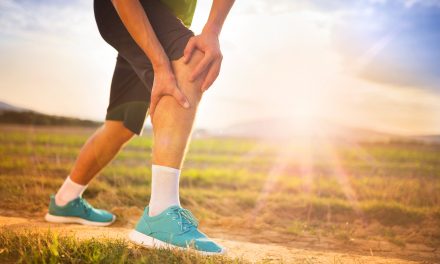
Sleeping Disorders

We wear sleep deprivation as a badge of honor, and as we learned in the last article this couldn’t be further from the truth. It can be downright debilitating and deadly! Let’s look at brain wave activity during sleep, REM and non-REM sleep stages, and sleep disorders. Finally, we will address lifestyle shifts that will positively influence sleep.
The brain wave chart below best describes the types of brain waves that are associated with depth of consciousness. The Stages of Sleep are superimposed on the brain waves.
Stage 1
Theta waves 5-10 minutes; if awakened during this state, the person might report they weren’t sleeping.
Stage 2
Characterized by sleep spindles – periods of rapid brain wave activity lasts for about 20 minutes. The body temperature decreases and the heart rate slows down.
Stage 3
Delta waves appear and this starts the transition to deep sleep.
Stage 4
Over 50% of the brain waves are delta waves, this is deep sleep that lasts 30 minutes. Waking a person from this sleep is more difficult and they would be groggy and disoriented.
Stage 5
REM sleep. The body is essentially paralyzed except respiration and heart rate increase and dreaming occurs.
REM
Typically the body progresses through the stages 1-4 then back to 3 then 2 before entering REM, usually about 90 minutes into sleep. Each cycle of REM gets longer as the evening progresses. Most people need 4-5 periods of REM sleep. The lack of REM has been shown to decrease cognitive function and the ability to learn complex tasks.
Sleep Apnea
The primary sleep disorder we are concerned with is sleep apnea. Sleep apnea is defined by pauses in breathing during sleep. These pauses last from a few seconds to minutes. The most common type is obstructive sleep apnea where the airway partially collapses blocking the passage of air. When the blood oxygen saturation dips below the normal of 96-97%, the body responds by waking the individual slightly so they breathe on their own, Mild apnea is considered above 90%, moderate is 80-89% and severe is below 80%. All stages of sleep apnea lead to hypoxia, increased blood pressure, increased risk of sudden death by stroke and heart attack, and all the other symptoms and conditions discussed in part one.
As far as diagnostic testing is concerned, the test to order is a nocturnal polysomnogram. The patient will stay overnight in the hospital or sleep center attached to an EEG, EOG (electrooculogram), and an EMG to assess movement. All three tests are necessary to determine sleep stages and sleep/wake cycles.
Treatment
CPAP machines are the most common treatment device. It forces the airway open with a slight pressure of air forced into the pharynx. These machines require time and patience of the user to acclimate to the correct amount of air and most appropriate nose cannula. There are mouth devices that can reposition the jaw to open the pharynx. Certain dentists and orthodontists are certified to supply these devices.
Lifestyle changes will also produce the desired results in many cases. Weight loss is essential if the patient is overweight. I have found that shifting a patient to an anti-inflammatory diet produces better sleep within a week!
Many of these patients are also sympathetic dominant and are breathing shallow. Teach them how to breathe using their diaphragm. Make them show you they understand and have them practice it as they are falling asleep, at stop lights, or other intervals during the day. This will improve the overall oxygenation.
What are important steps and recommendations?
· Exercise 30 minutes per day also improves obstructive sleep apnea, and even brisk walking daily will positively affect sleep.
· Upper body strengthening is also beneficial, and an increase in movement of any kind will improve overall oxygenation, as well.
· Avoiding alcohol and sleeping medication is essential because both can relax the posterior pharynx causing the obstruction.
· Side sleeping is recommended, so have the patient prop themselves up with pillows behind them to prevent moving onto their back.
· Of course, patients will need an appropriate pillow to support their neck in a straight position when they sleep.
· Keep the airway clear and free of mucous.
· Stop smoking!
· Saline solution through a nose spray or neti-pot can help clear the airway.
· Breathing strips across the nasal bridge can be beneficial; and
· Finally, cervical, thoracic and rib adjusting are crucial for these patients to improve rib range of motion and posture for improved breathing motion.
So, stop yawning and start sleeping! The proper diagnosis of sleep disorders is essential to your patient’s health. Once the condition and severity is understood, the lifestyle changes mentioned above can be used to positively influence sleep. Improved sleep will greatly enhance their quality and length of life and prevent chronic disease. It’s another area of their health where you can be a hero. Please contact me if you have questions, comments or concerns.


















